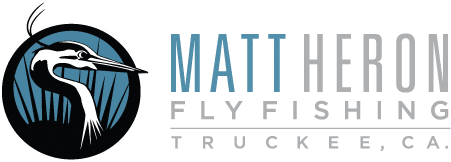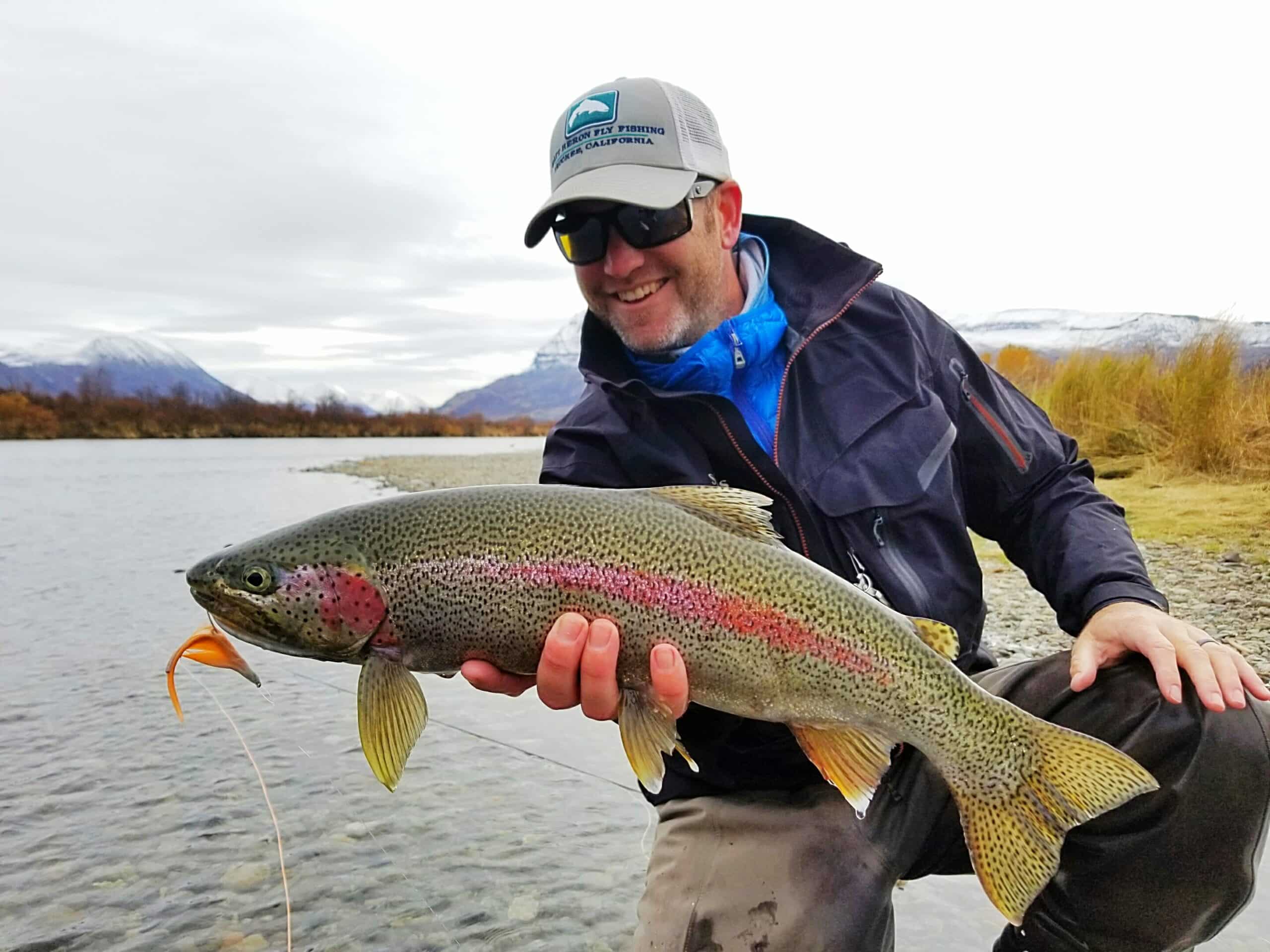In a recent article, Bob Mallard addresses a topic of low popularity but high importance to watersheds and the future of fisheries in the United States: Native fish versus their nonnative but wild counterparts. Where is the fishing industry’s stance on having native as opposed to wild fish? “Native vs. Wild” explores the history of nonnative fish introductions and how they have changed the state of some fisheries.

This debate may provoke the question: What’s the difference? Though a native fish can be wild, and a wild fish native, there’s a distinct difference between the two.
Native: A plant or animal of indigenous origin or growth.
Wild: A plant or animal living or growing in the natural environment; not domesticated or cultivated.
Though many don’t see the introduction of nonnative species like rainbow and brown trout to the Truckee River a threat, other examples have played out differently for the original, native fish in particular watersheds.
Maine’s St. John River was historically a haven for brook trout, the river’s primary native fish. Though many found satisfaction with the smaller trout, others wanted bigger fish in the river. The St. John flows through the border of the United States and Canada, and the decision was made north of the border to introduce a bigger, more aggressive fish: muskie.
Muskie, or muskellunge, are famous to anglers, and for good reason. The big brother to northern pike, these fish are capable of growing to 60 inches in length, and are known for their vicious attacks on baitfish, ducks, or, in at least one instance, a fisherman’s leg.
Muskie were introduced to the St. John across the U.S border in Canada, but quickly spread to occupy the entire river. While fishing for the deemed “fish of 10,000 casts” was exhilarating for anglers and an advancement from the smaller brook trout they used to know, change was happening. While the muskie population soared, the brook trout population sank to the point that, now, the St. John system is “nearly devoid” of brookies, a fish that’s historically been referred to as the bunny rabbits of the trout family.
Another instance where nonnative species decimated native fish populations is the Yellowstone cutthroat of Yellowstone Lake. Lake trout were intorduced to the lake and quickly outcompeted the Yellowstone cutts. They’re bigger and more aggressive, and their main food source in Yellowstone Lake is juvenile Yellowstone cutthroat. As one might expect, the cutthroat population declined drastically while the newer fish species took over the top of the lake’s food chain.
What used to be a pristine cutthroat population in Yellowstone Lake is now in critically low numbers. The good news is that with proper action being taken, the lake trout are losing the battle to a team of humans and Yellowstone cutthroat. While this is appearing to be a near miss, the lake’s native fish population will never be what it once was.
Locally, on the Truckee River, the primary fish are brown and rainbow trout, both of which were introduced to the system after the native Lahontan cutthroat was driven within a hair’s breadth of extinction. As we begin to observe Lahontan Cutthroat returning up the Truckee, albeit in very few numbers, it triggers a pondering of the future.
Will these Cutthroat breed with rainbows? If they do, will it weaken the Cutthroat or rainbow populations to make the dominant fish in the Truckee a giant hybrid? Will the genetic difference make the cutthroats smaller? The definite way to find out would be to watch it play out. But, if poor things happen to the cutthroat and rainbow populations, would we ever get back our fishery? The odds would be extremely slim. A potential dilemma we may have to face is whether we want our current fishery, or want to take action against the rainbows and make way for a pure strain of Lahontans (brown trout are not a threat to the cutthroats as they spawn in different seasons, so the risk of hybridization is nonexistent).
What makes nonnative fish more damaging to an ecosystem? Are they all harmful? The answer is somewhat mixed, though science and history suggests the latter is often accurate, which provokes another question, why hasn’t this been brought to the attention of the fishing industry and conservationists?
The reason, as Mallard describes in his article, is selfishness.
“We, as anglers, and I use the term figuratively, like nonnative fish, as do many of those charged with managing our waters,” writes the executive director of the Native Fish Coalition.
If the issue did get its spot on the table, going about the eradication of nonnative fish species would be, at the very least, an uphill battle. This is because even other conservationists may use nonnative fish as a business. Guides, lodges, fishing tackle and gear companies, and everyday anglers alike would have their businesses jeopardized by the proposed disappearance of nonnatives.
State agencies like the Department of Fish and Wildlife would also be placed against the pro-native crowd, and would be the biggest enemy of the hypothetical movement. In Mallard’s article he does point out that stocking operations regulated by the state are the most profound source of nonnative introductions. While our fisheries change, there is a wide variety of outcomes we may observe. What we need to determine is if we prefer the native fish, or the wild fish, and in which watersheds. Read Mallard’s full article here.



Recent Comments